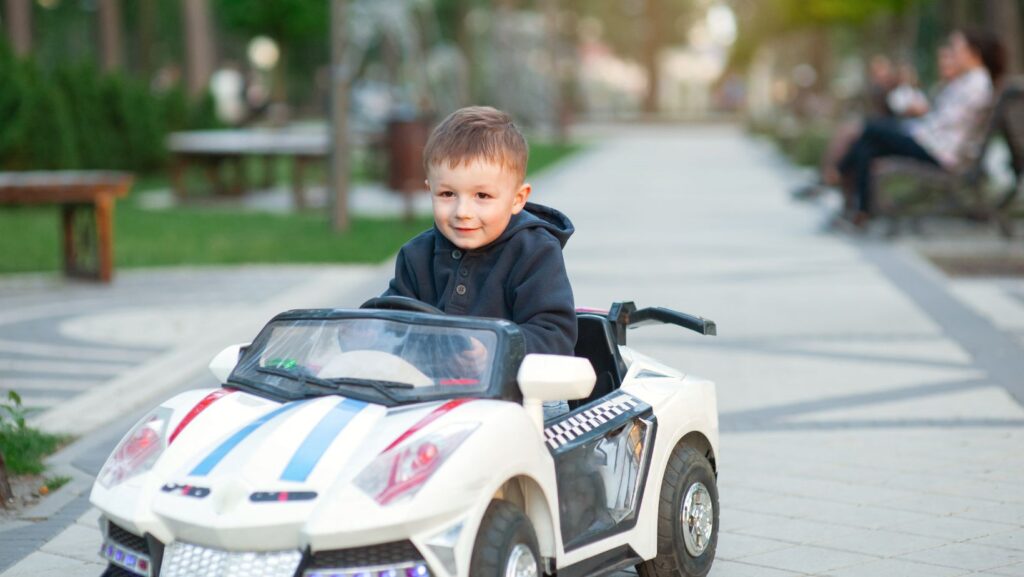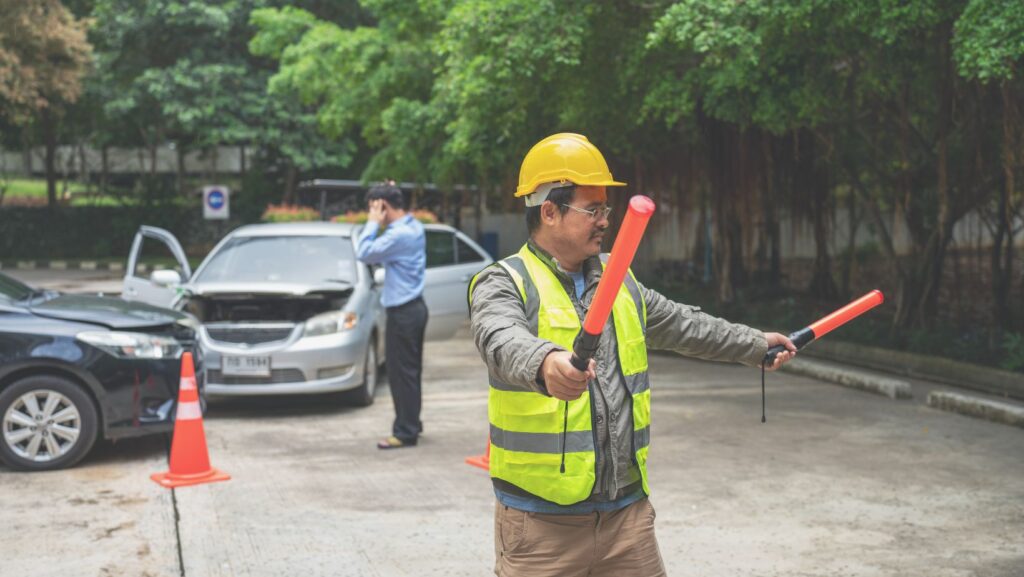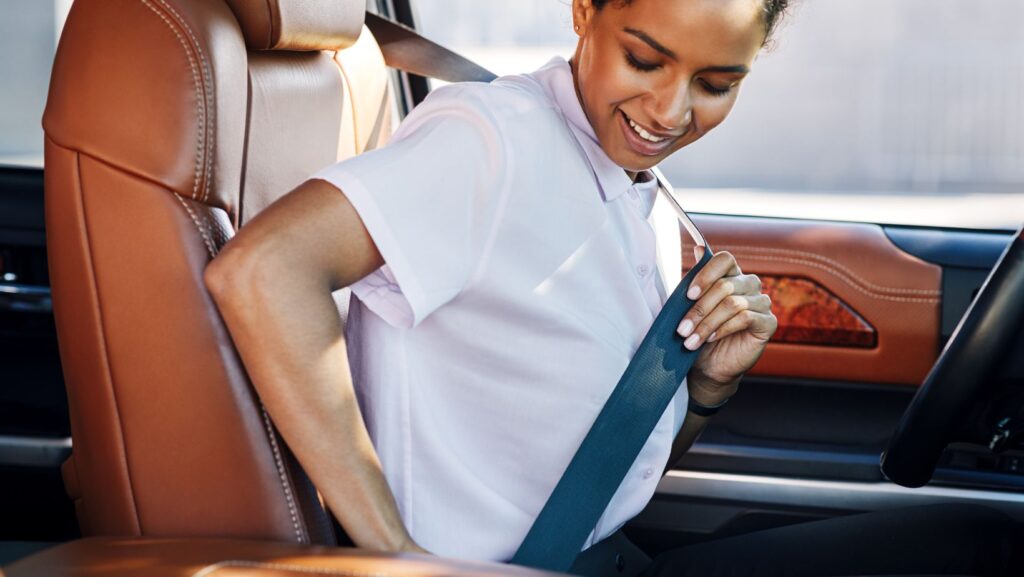Road safety is a critical concern for parents and educators alike, especially when it comes to protecting our youngest and most vulnerable road users. Every year, thousands of children are involved in traffic accidents, underscoring the need for comprehensive safety measures and education. As kids spend more time outdoors, whether walking to school or riding their bicycles in the neighborhood, understanding the basics of road safety becomes indispensable.
Road Safety for Kids
 Road safety for kids is crucial, as it directly impacts their ability to safely engage in everyday activities like walking, cycling, and playing outdoors.
Road safety for kids is crucial, as it directly impacts their ability to safely engage in everyday activities like walking, cycling, and playing outdoors.
The imperative of road safety for kids lies in its potential to significantly reduce the risks they face in traffic. Proper understanding and implementation of safety measures can prevent injuries and fatalities. Educating kids about road safety equips them with knowledge that forms a foundation for lifelong safe habits. Ensuring children learn and adhere to road rules enhances their security and well-being.
Key Statistics
Key statistics underscore the urgency of implementing stringent road safety measures for kids. Each year, thousands of young pedestrians and cyclists become traffic accident victims. Reports indicate that road injuries are among the top three causes of death for individuals between 5 and 19 years of age globally. Enhancing road safety measures can drastically lower these concerning figures, giving children a safer environment to thrive.
Essential Road Safety Rules for Kids
Road safety rules for kids are vital in teaching them how to conduct themselves safely on and near roads. Embedding safety habits early ensures they remain cautious while enjoying outdoor activities.
The Basics of Pedestrian Safety
Teaching children basic pedestrian safety starts with showing them how to use sidewalks and crosswalks effectively. They must learn to look left, right, then left again before crossing any street, ensuring no cars are coming. Equipping kids with the knowledge to always cross at designated areas promotes adherence to safety protocols. Making eye contact with drivers ensures that they are seen before they cross, enhancing their safety.
Tips for Safe Cycling
Children should wear helmets every time they ride their bicycles to protect against head injuries. They must understand the importance of following traffic signals and signs, which aligns with safe cycling practices. Riding on the right, using bike lanes where available, and ensuring their bicycle is equipped with lights and reflectors for visibility are critical tips for safe cycling. Encouraging the use of hand signals can also help communicate their intentions to drivers, thereby avoiding collisions.
Implementing Technology and Tools for Safety
 In the pursuit of enhancing road safety for kids, the integration of technology and tools stands as a critical component. These advancements offer robust support in teaching and protecting young pedestrians and cyclists.
In the pursuit of enhancing road safety for kids, the integration of technology and tools stands as a critical component. These advancements offer robust support in teaching and protecting young pedestrians and cyclists.
Safety gear plays a pivotal role in protecting children from potential road hazards. Helmets, reflective clothing, and knee pads are essential for young cyclists and skateboarders. The gear significantly lowers the risk of severe injuries in accidents. Parents should ensure that their children wear the appropriate safety equipment every time they venture out on the roads or engage in outdoor activities. Schools could facilitate safety gear checks as part of their road safety programs.
Apps and Games for Learning Road Safety
 Interactive apps and educational games have become instrumental in teaching road safety to children. They turn learning into a fun and engaging process, helping kids understand and memorize essential safety rules. For instance, games that simulate traffic environments allow children to practice crossing streets safely under various scenarios, reinforcing the lessons taught by parents and teachers. This digital approach not only entertains but also educates, cementing crucial road safety knowledge through repetitive and interactive play.
Interactive apps and educational games have become instrumental in teaching road safety to children. They turn learning into a fun and engaging process, helping kids understand and memorize essential safety rules. For instance, games that simulate traffic environments allow children to practice crossing streets safely under various scenarios, reinforcing the lessons taught by parents and teachers. This digital approach not only entertains but also educates, cementing crucial road safety knowledge through repetitive and interactive play.
In Conclusion
Ensuring the safety of children on the roads is a collective responsibility that requires the active involvement of parents, educators, and community leaders. By implementing the strategies discussed—from educating kids about road safety rules to utilizing technology and safety gear—children can be better protected from the dangers of traffic. It’s essential for adults to lead by example and reinforce the importance of these practices consistently. Together, these efforts can significantly diminish the risks children face daily in traffic, allowing them to thrive in a safer environment.


